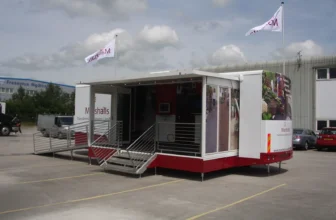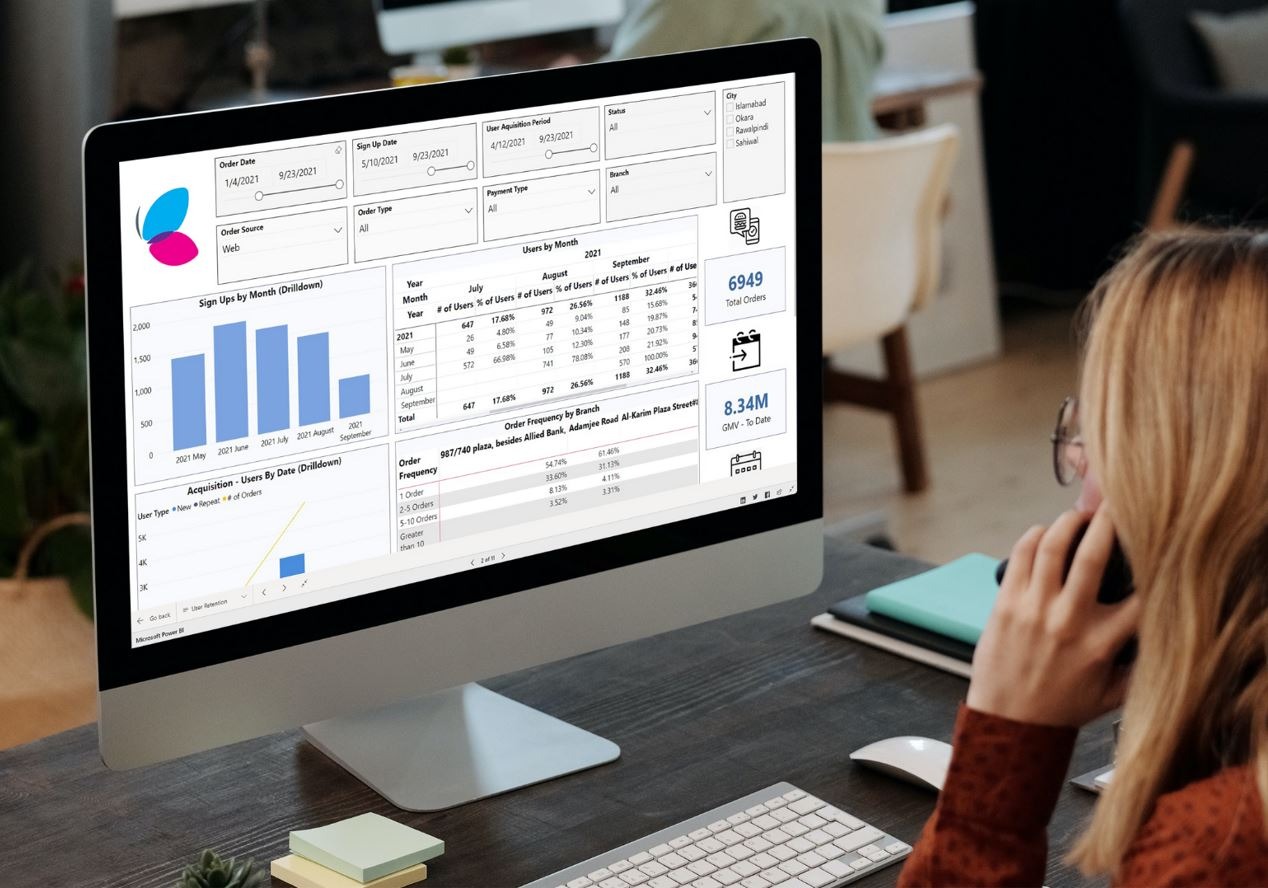
Nowadays, convenience is currency. Businesses that fail to streamline customer experiences often lose out to more agile competitors. One of the most impactful upgrades you can make is implementing an online ordering system. But while it may seem like a straightforward tech addition, the reality is that such integrations require careful planning, clear objectives, and a long-term digital strategy.
Below, we break down the key aspects business owners must consider before adding an online ordering system — from infrastructure to marketing integration, customer expectations, and cost implications.
Table of Contents
The Shift to Digital Orders: What’s Driving the Trend?
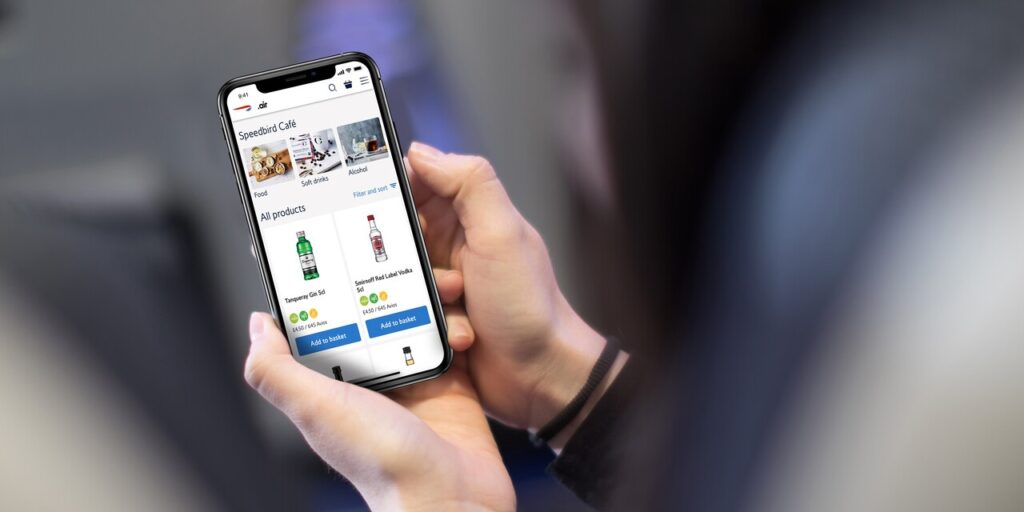
Source: mediacentre.britishairways.com
Customer behavior has changed dramatically over the past decade. Convenience is no longer a luxury — it’s a baseline expectation. Whether it’s food delivery, retail pickups, or service scheduling, consumers want to browse, order, and pay without friction. That’s why businesses from restaurants to hardware stores are now prioritizing online ordering solutions.
COVID-19 accelerated this shift, but the trend has held steady. According to a 2024 retail technology report, over 68% of consumers now prefer to place orders online before engaging with a brand physically. Even for traditionally offline businesses, this shift isn’t optional anymore — it’s structural.
Adding an online ordering system can improve efficiency, reduce human error, and drive higher customer satisfaction. But only if implemented with foresight.
Aligning with Your Business Goals (And SEO Strategy)
Before adopting an online ordering platform, you need to define what success looks like for your business. Are you aiming to boost revenue? Reduce order errors? Gather first-party customer data for future marketing campaigns?
Moreover, digital infrastructure shouldn’t operate in isolation. It must integrate with your marketing and SEO strategy to yield full results. For example, the visibility of your online menu or ordering portal directly affects how easily customers can find and use it.
This is where specialized services like EZ Rankings become instrumental. If you’re already investing in an online ordering system, pairing it with professional SEO support ensures that your products or services actually reach the target audience. Whether it’s local search optimization or broader visibility, working with a strategic partner gives you an edge that self-managed setups often miss.
Key Features Your System Should Include
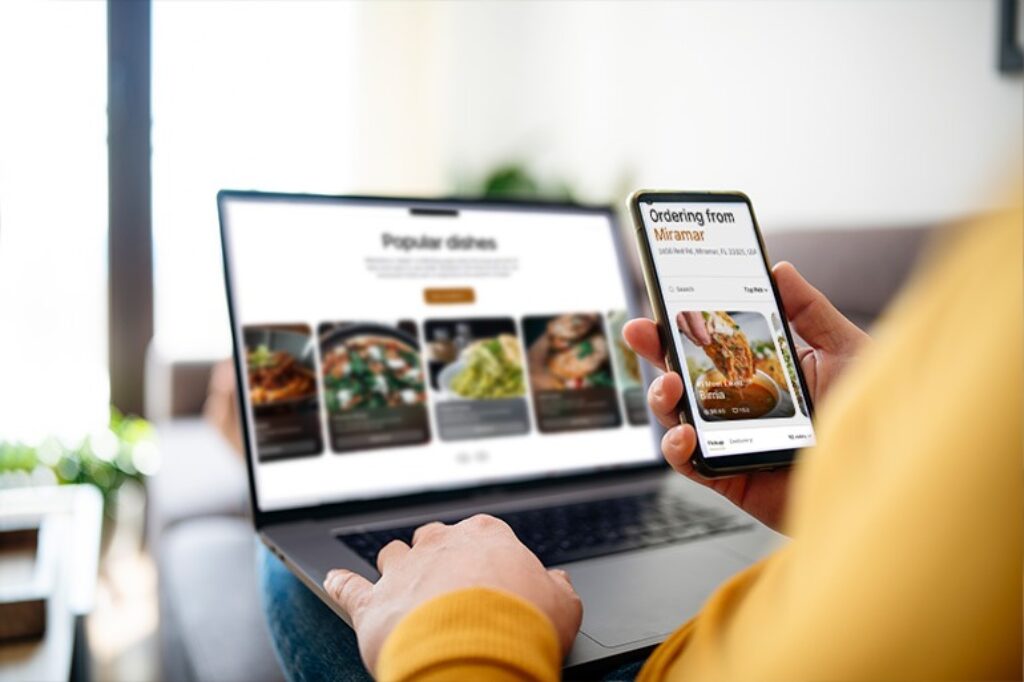
Source: owner.com
Not all ordering systems are created equal. Depending on your industry, you’ll need a feature set tailored to your operations and customer expectations. However, the following features are considered essential across most sectors:
- Mobile optimization: More than 70% of users will interact via smartphone.
- Real-time inventory or availability sync: Prevents double-booking or stockouts.
- Multiple payment options: From cards to wallets to Buy Now, Pay Later.
- Order tracking and status updates: Reduces customer service inquiries.
- CRM integration: Helps with marketing automation and retention.
- Custom branding: So the customer experience remains consistent with your business identity.
Choosing the right system is less about trendiness and more about alignment with your existing tools, team capacity, and long-term digital goals.
Evaluating Platform Options: Third-Party vs. Self-Hosted
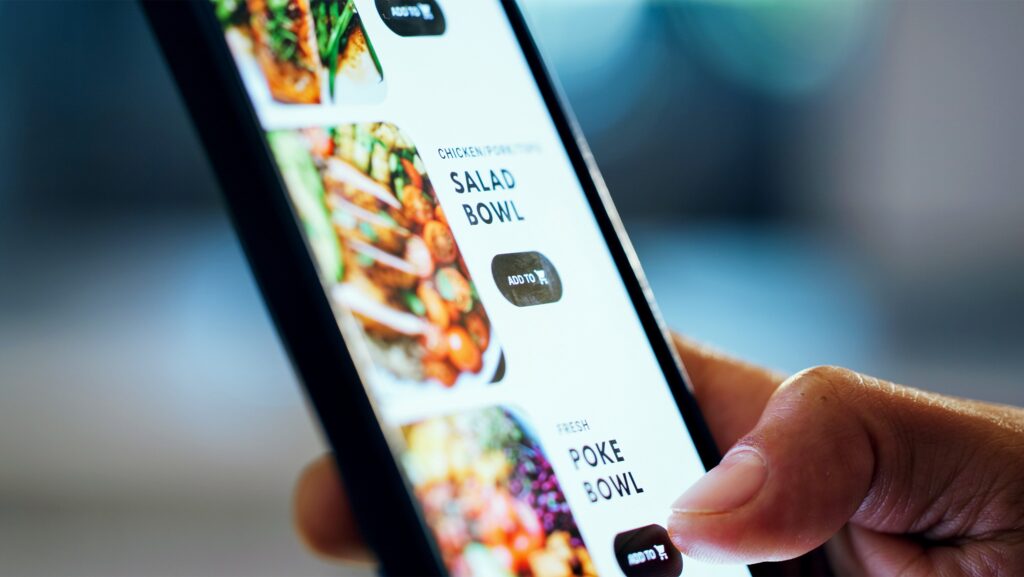
Source: ualberta.ca
When choosing an online ordering system, businesses typically face two main paths:
1. Third-Party Platforms (e.g., Uber Eats, Shopify, DoorDash, Square)
| Pros | Cons |
| Quick setup | Recurring commissions or platform fees |
| Wide existing user base | Limited control over branding |
| Minimal upfront investment | Customer data often remains with the platform |
2. Self-Hosted or Integrated Ordering Systems (Custom or via POS)
| Pros | Cons |
| Full control over customer experience | Higher initial development and integration costs |
| Better margin control (no per-order fees) | Requires internal resources or IT support |
| Direct ownership and use of customer data | Longer deployment and testing phase may be required |
These tables help visualize the trade-offs and guide the decision-making process depending on your business size, goals, and capacity for digital growth.
For businesses serious about long-term growth and digital independence, a customized or hybrid system is often more profitable in the long run, especially if you already have a loyal customer base.
Compliance, Security, and Payment Standards

Source: contentsecurity.com.au
Online ordering systems handle sensitive data — including personal addresses and credit card information. This makes security non-negotiable.
Make sure your chosen platform or provider supports:
- PCI-DSS compliance
- SSL encryption
- Two-factor authentication (2FA) for admin dashboards
- GDPR-compliant data storage and privacy policies
Neglecting these areas doesn’t just risk a breach — it can lead to fines, customer churn, and reputational damage. Ensure your provider or internal IT team understands the data flow and security implications thoroughly.
Staff Training and Operational Adjustments

Source: coursera.org
Implementing an online ordering system is more than just a front-end improvement for customers — it brings significant changes to your internal operations as well. Employees must be adequately trained, not only in using the new interface but also in handling the challenges that come with it.
This includes recognizing and troubleshooting common errors, knowing when and how to escalate technical issues, and adapting their daily workflows to accommodate online orders.
Order preparation and handoff procedures may need to be redesigned to ensure accuracy and speed, especially during peak hours.
Clear communication protocols must be established to distinguish between online and in-store orders, preventing confusion and delays. Real-time order updates, whether through screens, printers, or mobile notifications, should be integrated seamlessly into staff routines to avoid missed or delayed fulfillment.
Additionally, staff should be prepared to handle online-specific issues such as refunds, cancellations, or changes to customer orders, which are often more time-sensitive and visible than in-store concerns.
Ultimately, how well your team adapts to these new processes can determine whether the system improves your operations or creates new inefficiencies. Thorough training and a structured onboarding plan are critical to ensuring a smooth transition and long-term success.
Marketing Integration and Customer Communication
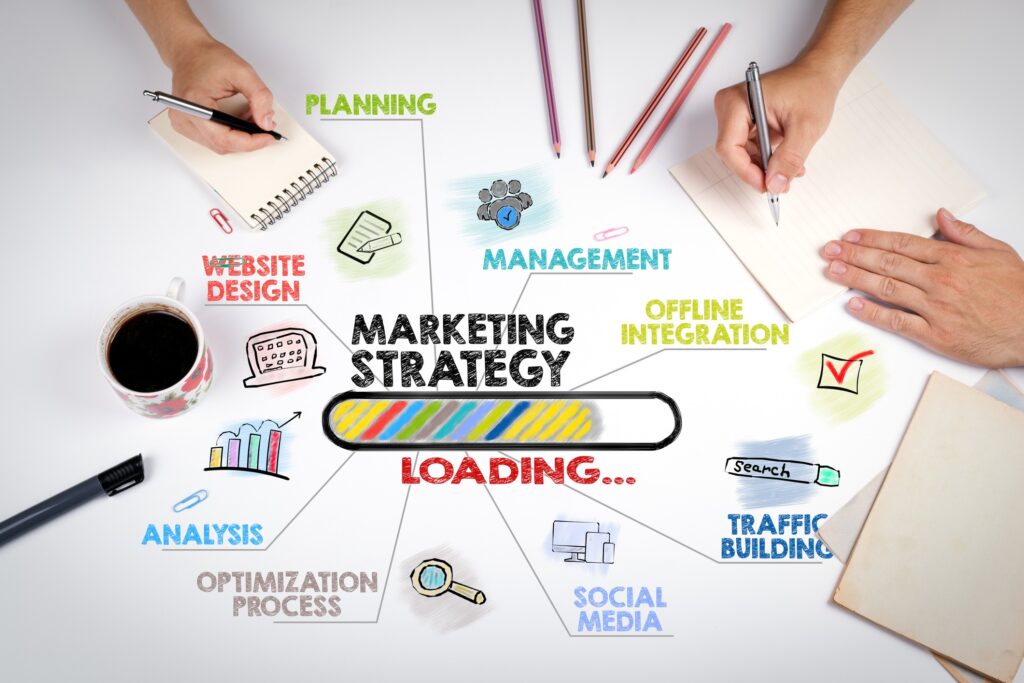
Source: miramarfl.gov
You could have the most sophisticated online ordering system in the world — but if your customers don’t know it exists, adoption will lag.
Here’s how to align your marketing efforts:
- Website promotion: Feature the order button prominently on the homepage.
- Email campaigns: Notify loyal customers and segment by behavior (e.g., in-store-only vs. delivery).
- Google Business Profile: Add ordering options directly to your listing.
- Social media: Promote the system’s launch with instructional posts or short demo videos.
- In-store signage: For brick-and-mortar locations, use QR codes and signage to encourage digital orders.
A strong launch strategy should include messaging around convenience, time-saving, and exclusive deals to encourage early use.
Cost Considerations: Upfront and Ongoing
Budgeting for an online ordering system involves more than just the subscription fee or initial development cost. You’ll also need to factor in:
- Integration with existing POS or ERP systems
- Hosting or server costs (for self-hosted setups)
- Marketing/promotional expenses
- Maintenance and troubleshooting support
- Payment processing fees
A rough breakdown for small-to-mid-sized businesses might look like this:
| Cost Type | Estimated Monthly Cost Range |
| SaaS Subscription | $30–$200 |
| Developer Maintenance | $200–$800 |
| Payment Gateway Fees | 2.5% – 3.5% per transaction |
| Marketing Budget | $100–$500 (launch phase) |
| Security Tools | $20–$100 |
Treat this as a strategic investment. Over time, increased efficiency and customer retention typically offset the initial costs.
Future-Proofing: Scalability and Updates

Source: gbf.co.uk
A system that fits your business now may not serve you well in two years. Prioritize platforms that offer:
- API access for future integrations (e.g., loyalty programs, delivery partners)
- Modular features that allow expansion without full redevelopment
- Strong technical support and regular software updates
You’re not just buying a piece of software — you’re investing in a customer infrastructure. As consumer preferences evolve, your ordering system needs to evolve too.
It’s More Than Just a Tool — It’s a Strategy
Adding an online ordering system isn’t simply about convenience. It’s a strategic shift in how your business engages with customers, processes revenue, and builds brand loyalty in the digital age.
The most successful rollouts involve a combination of the right technology, staff readiness, smart marketing, and a clear plan for scaling. If you treat it as a one-time plug-and-play solution, you’ll miss out on long-term benefits — and potentially frustrate your customers.
But when done right? An online ordering system not only pays for itself — it becomes a foundational component of your brand’s growth strategy.




